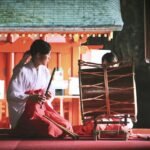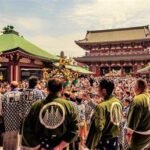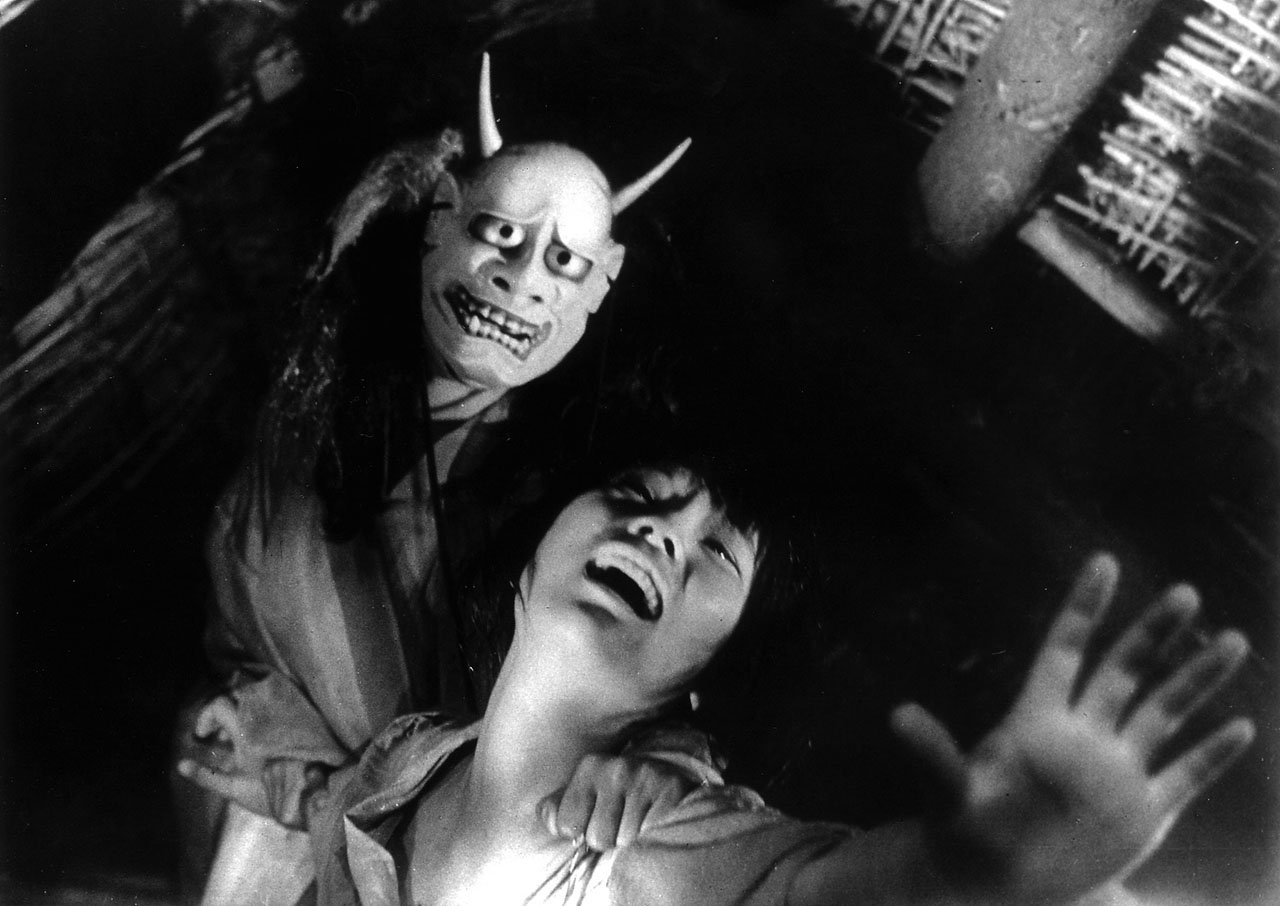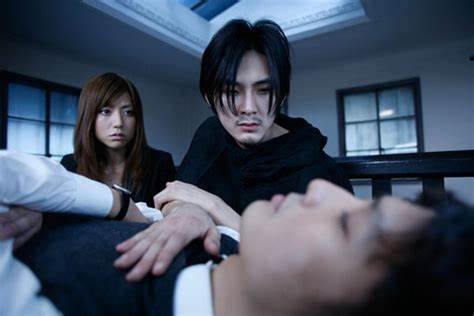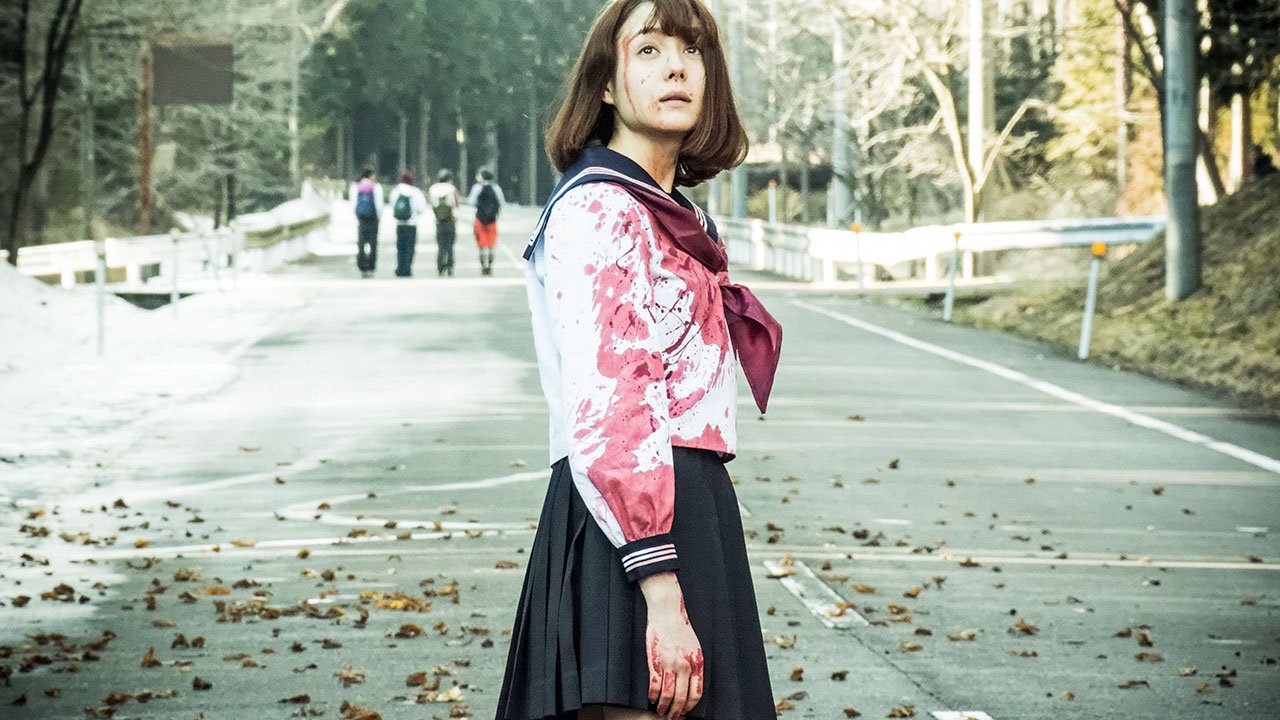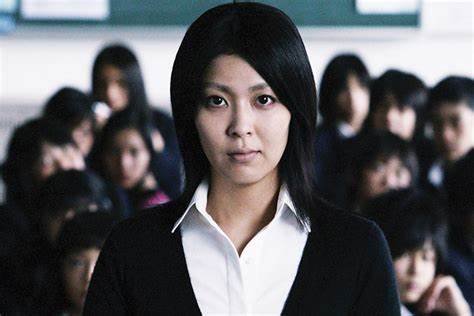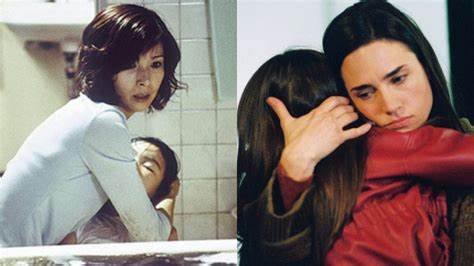Japanese horror films are known for their deep psychological tension and supernatural elements. Unlike Western horror, which often relies on jump scares and gore, Japanese horror taps into cultural fears and traditional beliefs. Consequently, this unique approach to horror creates an eerie atmosphere that lingers long after the film ends. To truly understand the power of Japanese horror, we must explore its cultural roots and how they shape the stories that captivate audiences worldwide.
The Influence of Folklore
To begin with, one of the primary sources of fear in Japanese horror films comes from folklore. For centuries, Japan has had a rich tradition of ghost stories, known as “kaidan.” These stories typically feature spirits or “yūrei” who are stuck between the worlds of the living and the dead. The most famous yūrei are female, often depicted with long black hair, pale skin, and wearing white funeral garments. Characters like Sadako from Ringu and Kayako from Ju-On are modern representations of these traditional spirits.
Moreover, these folklore-based horror films connect with the audience on a deeper level because they draw from familiar cultural stories. As a result, they play on the fear of encountering something that cannot be easily explained or controlled. Furthermore, the spirits in these stories often seek revenge for wrongs committed against them, adding an emotional layer to the horror.
Family and Social Expectations
In addition, Japanese society places a high value on family, honor, and social roles. In many horror films, the breakdown of these expectations becomes a source of fear. For example, in Ju-On, the curse that spreads from a house represents the destruction of family bonds. Similarly, in Dark Water, a single mother struggles with isolation and guilt, leading to supernatural consequences.
Therefore, these films show how deeply ingrained cultural values, like the importance of family, can become twisted into sources of fear. The fear isn’t just about the supernatural but also about the consequences of failing societal expectations. Thus, this connection between horror and social values makes the films more relatable to Japanese audiences, while still captivating viewers around the world.
Enhance Your Creative Journey with Kingjohnnie VIP Casino
At Moosic Lab, we delve into the rich tapestry of Japanese music, exploring its genres, artists, and cultural impact. As you immerse yourself in the world of sound and rhythm, consider exploring the Kingjohnnie VIP Casino for an engaging online entertainment experience. Whether you’re seeking relaxation after a musical exploration or looking for new forms of digital engagement, Kingjohnnie VIP Casino offers a user-friendly platform with a variety of options to suit your preferences. Discover how it can complement your creative journey with Moosic Lab.
Fear of the Unknown
Another key element in Japanese horror films is the fear of the unknown. This is often portrayed through ambiguous endings and unexplained supernatural events. Unlike Western horror, where the threat is usually defeated or explained by the film’s end, Japanese horror often leaves questions unanswered. This taps into a cultural belief that not everything in life can be understood or controlled.
For instance, in Ringu, even after the curse is seemingly lifted, the true nature of the curse remains mysterious. This unresolved fear leaves the audience with lingering dread, as they are forced to confront the idea that the horror might continue. Ultimately, this fear of the unknown is deeply tied to Shinto and Buddhist beliefs, which suggest that spirits exist all around us, often hidden from plain sight.
The Power of Silence and Subtlety
In contrast to the loud, fast-paced scares of Western horror, Japanese horror films use silence and subtlety to build tension. Long, quiet scenes where nothing seems to happen can be just as terrifying as moments of supernatural activity. As a result, the fear comes from anticipation, as viewers wait for something to occur, often in vain.
This technique reflects a broader cultural appreciation for minimalism and restraint in Japanese art and storytelling. Horror films like Kairo (also known as Pulse) and Noroi: The Curse use this approach to create an atmosphere of unease. Consequently, the lack of clear explanations or flashy effects allows the audience’s imagination to fill in the blanks, making the fear more personal and, therefore, more intense.
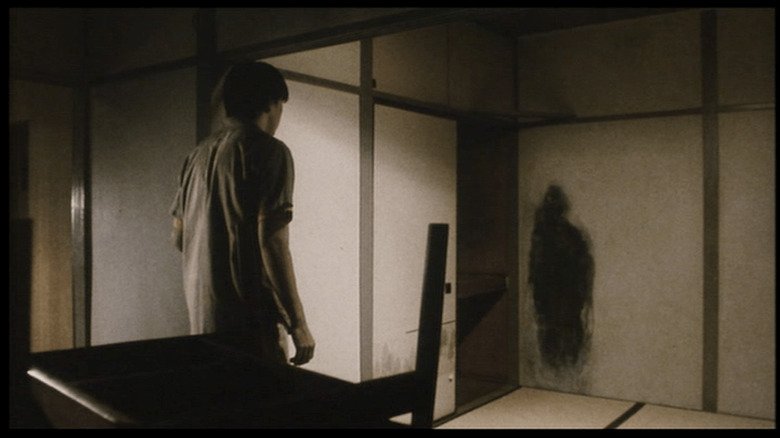
The Role of Technology and Modern Life
In recent decades, Japanese horror has also explored the tension between modern technology and traditional beliefs. Films like Ringu and Pulse focus on the dangers of technology, showing how it can bring about supernatural terror. This reflects the growing concern in Japanese society about how modern advancements might disrupt traditional ways of life.
Conclusion: A Unique Blend of Cultural Fears
In conclusion, Japanese horror films stand out for their ability to weave cultural beliefs and societal anxieties into terrifying stories. Whether through folklore, family dynamics, or the fear of the unknown, these films tap into deep-rooted fears that resonate with audiences worldwide.


